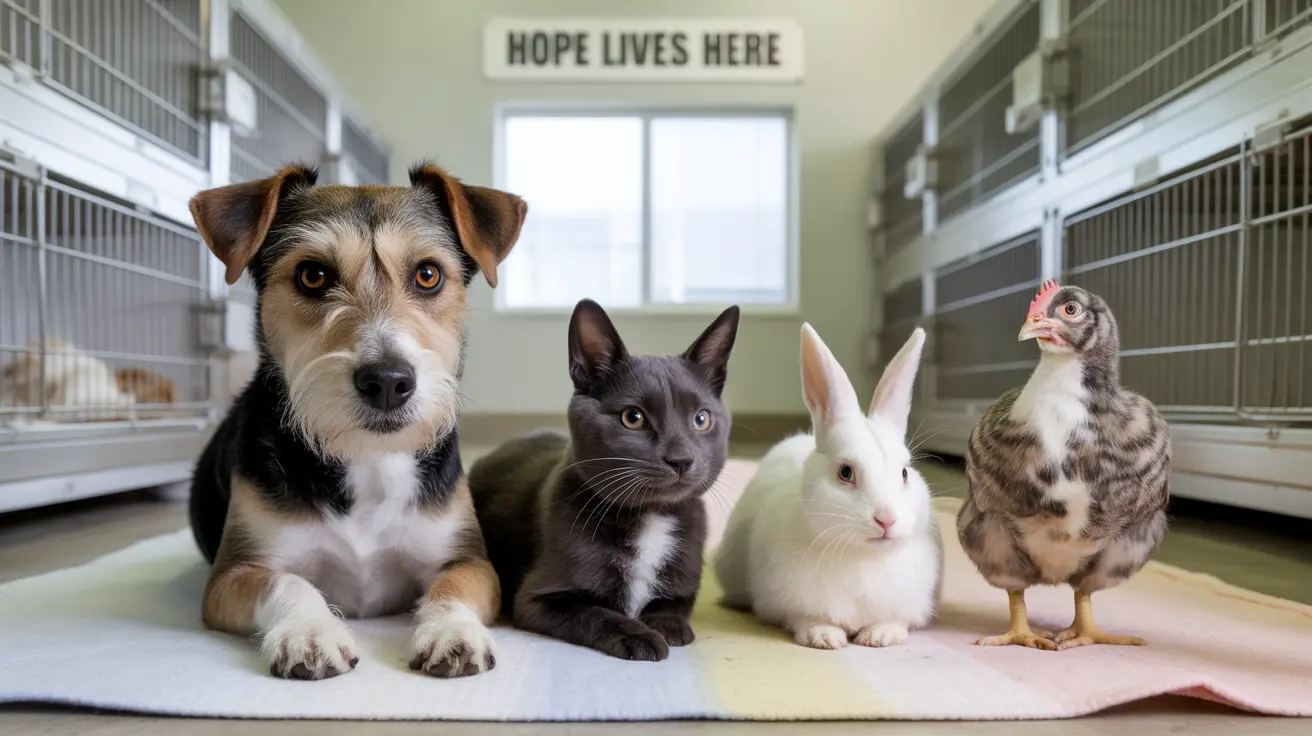In a significant animal cruelty investigation in Massachusetts, authorities have rescued 115 animals from a single residence in Plympton. The large-scale operation involved multiple species living in concerning conditions, highlighting the ongoing challenges of animal welfare enforcement in the state.
The rescued animals included a diverse array of species: cats, dogs, various types of fowl (including chickens, ducks, guinea hens, turkeys, and quail), rabbits, ferrets, and goats. This case represents one of the larger mass animal rescue operations recently conducted in the region.
Details of the Mass Animal Rescue Operation
The Plympton animal hoarding case required coordination between local law enforcement and animal welfare organizations to safely remove the animals from the property. The presence of multiple species, including both domestic pets and farm animals, complicated the rescue effort and highlighted the complexity of such cases.
Response from Animal Welfare Organizations
While specific details about the conditions are limited, cases of this magnitude typically require substantial resources and coordination among multiple animal welfare organizations in Massachusetts. The involvement of both domestic and farm animals necessitates specialized care and housing arrangements for each species.
Understanding Animal Hoarding Disorder
Animal hoarding situations often develop gradually and can be challenging to identify early on. While this specific case is still under investigation, it represents a common pattern where multiple species are accumulated without adequate resources to provide proper care.
Signs of Animal Neglect to Watch For
Pet owners and community members should be aware of potential warning signs that may indicate animal welfare concerns:
- Overcrowded living conditions
- Multiple species in inappropriate housing
- Unusual animal sounds or odors from properties
- Lack of proper veterinary care or vaccination records
Legal Process for Animal Abuse Cases
Massachusetts animal cruelty laws provide specific protections for animals and outline penalties for those found responsible for neglect or abuse. These regulations help ensure proper care standards and enable authorities to intervene when necessary.
Frequently Asked Questions
What signs of animal cruelty and neglect should I watch for in pets and backyard animals?
Watch for signs such as visible malnutrition, untreated injuries or illness, inadequate shelter, and overcrowded living conditions. Animals kept in unsanitary environments or showing signs of prolonged neglect warrant attention from proper authorities.
How can neighbors or community members report suspected animal hoarding or cruelty safely and effectively?
If you suspect animal cruelty or hoarding, document your observations and contact your local animal control officer, police department, or the MSPCA's Animal Protection Division. You can typically make reports anonymously, and it's important to provide specific details about the location and nature of your concerns.
What medical and behavioral care do rescued animals typically need after being removed from abusive or unsanitary conditions?
Rescued animals often require comprehensive veterinary examinations, vaccination updates, treatment for parasites or infections, and proper nutrition rehabilitation. Many also need behavioral assessment and support to overcome trauma or socialization issues before being considered for adoption.
Supporting Animal Welfare
This case serves as a reminder of the importance of community vigilance and proper animal care standards. While the investigation continues, it reinforces the critical role that animal welfare organizations play in protecting vulnerable animals and ensuring their wellbeing.
For those interested in supporting animal welfare efforts, consider volunteering with or donating to local shelters and rescue organizations. These groups provide essential services in preventing and responding to cases of animal cruelty and neglect while working to find permanent homes for rescued animals.






